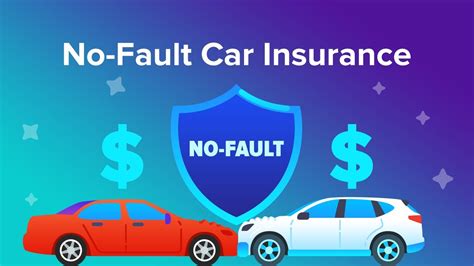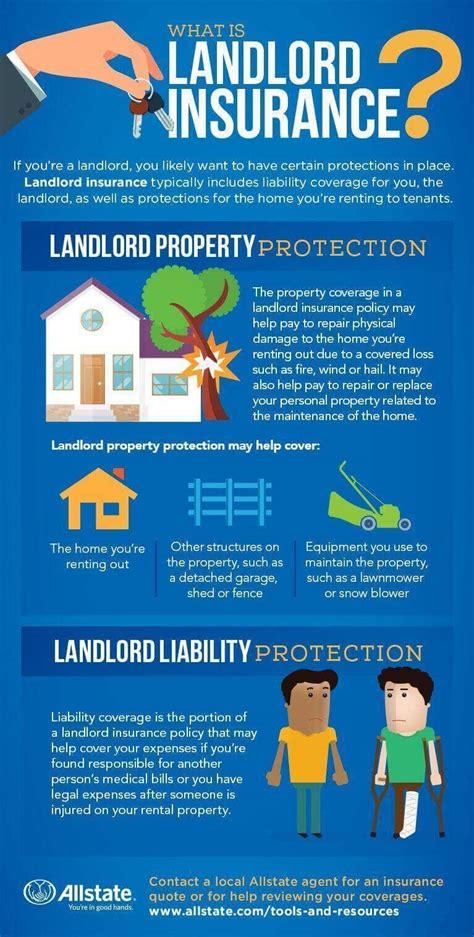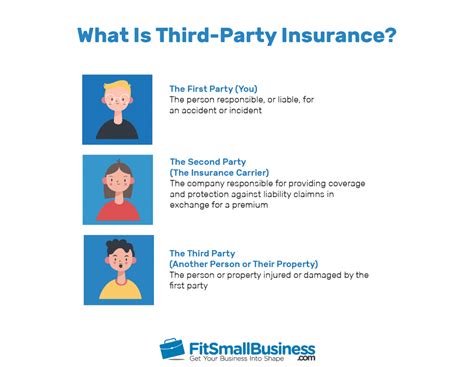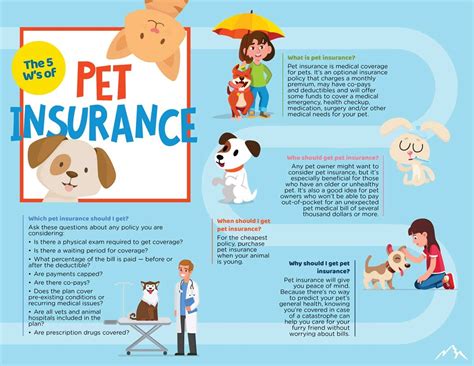Learn about the benefits, process, costs, and coverage of no-fault car insurance and how it varies across different states. Understanding and filing claims made easy.
Understanding No-Fault Car Insurance
Contents
No-fault car insurance is a type of coverage that is designed to provide compensation for injuries sustained in a car accident, regardless of who is at fault. This means that each party involved in the accident is responsible for their own medical bills and other expenses related to the accident, rather than seeking compensation from the other driver’s insurance company.
One of the key benefits of no-fault car insurance is that it can lead to faster and fairer compensation for injured parties. Because each driver’s insurance policy will cover their own expenses, there is often less need for lengthy investigations and legal battles to determine fault. This can result in quicker payouts and less stress for those involved in the accident.
The process of filing a no-fault car insurance claim typically involves submitting a claim to your own insurance company for any medical expenses and other losses incurred as a result of the accident. This can include doctor’s visits, hospital stays, and even lost wages if the injuries sustained in the accident prevent you from working.
It’s important to note that the costs and coverage of no-fault car insurance can vary depending on the state in which you live. Some states have specific requirements for the minimum amount of coverage that drivers must carry, while others offer optional coverage that can provide additional protection in the event of an accident.
Benefits of No-Fault Car Insurance
No-Fault Car Insurance brings several benefits to drivers. One of the main advantages is that it provides quick and efficient compensation for injuries and damages sustained in a car accident, regardless of who was at fault. This means that drivers can receive the necessary medical treatment and have their vehicle repaired without having to go through a lengthy and costly legal process.
Another benefit of No-Fault Car Insurance is that it helps reduce the number of lawsuits related to car accidents. Since each driver’s insurance pays for their own injuries and damages, there is less incentive to sue the other driver for compensation. This can lead to a decrease in legal fees and court costs for everyone involved.
Furthermore, No-Fault Car Insurance can provide a sense of financial security for drivers. Knowing that they will be covered for their own injuries and damages regardless of who caused the accident can give drivers peace of mind on the road. This can lead to a more relaxed and confident driving experience, reducing the risk of accidents caused by stress or anxiety.
Additionally, No-Fault Car Insurance can lead to lower insurance premiums for drivers. With fewer lawsuits and legal expenses, insurance companies can pass on these savings to their policyholders in the form of lower premium rates. This can make car insurance more affordable for many drivers, especially those with a clean driving record.
Process of Filing a No-Fault Claim
When it comes to filing a no-fault car insurance claim, the process can be quite straightforward. The first step is to notify your insurance company about the accident as soon as possible. This will allow them to start processing your claim and providing you with the necessary information to move forward.
Next, you will need to gather all relevant documentation related to the accident, such as police reports, medical records, and any photographs of the damage. It’s important to provide as much detail as possible to support your claim and ensure that you receive the appropriate compensation for your injuries and damages.
After you have collected all the necessary documentation, you can then submit your claim to your insurance company. This can typically be done online, over the phone, or in person at your insurance agent’s office. It’s essential to follow the specific instructions provided by your insurance company to ensure that your claim is processed efficiently.
Once your claim has been submitted, the insurance company will then review the documentation and may conduct their own investigation into the accident. This is to determine the extent of your injuries and the damages to your vehicle. Be prepared to provide any additional information or evidence that may be requested during this process.
Finally, your insurance company will make a decision regarding your claim and will offer you a settlement based on the information provided. If you agree with the settlement amount, you can then finalize the claim and receive the compensation you are entitled to. If you disagree with the decision, you have the right to appeal and seek further action to resolve the claim.
Costs and Coverage of No-Fault Insurance
No-Fault insurance provides coverage for medical expenses, lost wages, and other injury-related expenses regardless of who is at fault for an accident. This type of insurance can help to minimize the need for expensive litigation and reduce the time it takes to get compensation for injuries sustained in a car accident.
One of the main benefits of No-Fault insurance is that it typically covers medical expenses, lost wages, and essential services such as lawn care and house cleaning that result from injuries sustained in a car accident. This coverage can provide financial support to individuals who are injured in car accidents, even if they are at fault for the accident.
However, it’s important to note that the cost of No-Fault insurance can vary depending on many different factors such as the coverage limits, deductibles, and the state in which the policy is issued. Some states have specific laws and regulations that dictate the minimum coverage requirements for No-Fault insurance, while other states allow drivers to choose whether or not they want to purchase this type of coverage.
In terms of the costs associated with No-Fault insurance, policyholders may see higher premiums compared to traditional liability insurance. This is due to the fact that No-Fault insurance typically covers a wider range of expenses and provides benefits regardless of who is at fault for the accident.
Before purchasing No-Fault insurance, it’s important to carefully research the coverage options, cost factors, and state-specific regulations to ensure that you are getting the right policy for your needs. By understanding the costs and coverage associated with No-Fault insurance, individuals can make informed decisions about their car insurance coverage and financial protection in the event of an accident.
No-Fault Insurance in Different States
No-fault car insurance laws vary from state to state, with each state having its own unique regulations and requirements. It’s important to understand the differences in coverage and costs when it comes to obtaining no-fault insurance in different states.
Benefits of No-Fault Car Insurance
Some states require drivers to carry no-fault insurance as a way to provide quick and efficient coverage for medical expenses and lost wages in the event of a car accident. This type of insurance can help streamline the claims process and ensure that injured parties receive the medical treatment they need without having to go through lengthy legal battles to determine fault.
Understanding No-Fault Car Insurance
The process of filing a no-fault claim may differ from state to state. Some states have set limits on the medical benefits provided under no-fault insurance, while others have specific requirements for the type of treatment and care that is covered. It’s important for drivers to familiarize themselves with the laws and regulations in their state in order to fully understand their coverage and rights.
Costs and Coverage of No-Fault Insurance
Costs and coverage of no-fault insurance can also vary widely from state to state. Some states have minimum requirements for coverage limits, while others may offer additional options for extended coverage. Understanding the costs and coverage options available in different states can help drivers make informed decisions when it comes to purchasing no-fault insurance.












